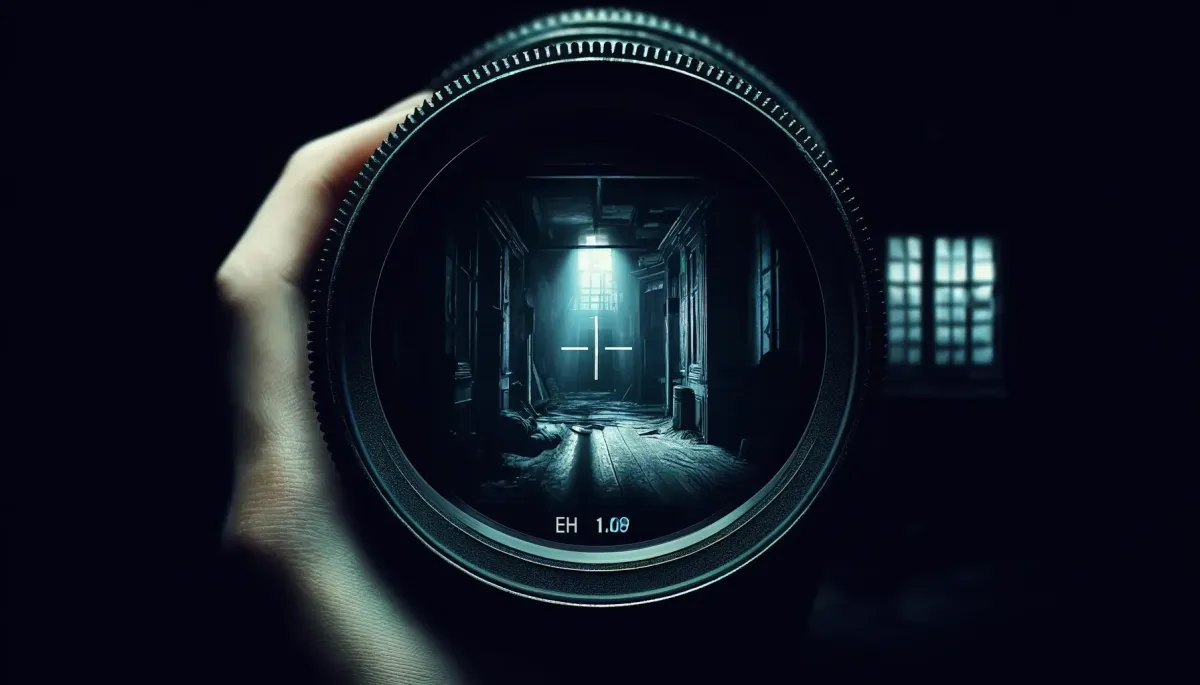
The Role of Technology in Found Footage Horror
Found footage horror has always thrived on the illusion of reality, but let's face it, the genre wouldn't be where it is today without a little help from modern technology. From grainy camcorders to AI-driven scares, technology plays an important role in making these films feel all too real. So grab your smartphone, turn off the lights, and let’s explore how tech is revolutionizing found footage horror.
The OGs: Camcorders and Handy Cams
Remember the days when camcorders were the size of your head and weighed about the same? Ah, the nostalgia of VHS tapes and bulky recording devices. Found footage pioneers like "The Blair Witch Project" and "Paranormal Activity" used these clunky contraptions to great effect, making the grainy, shaky footage part of the charm. It felt like you were watching something you shouldn’t be, like your friend’s embarrassing home videos, but with more demonic entities.
Smartphones: Pocket-Sized Terror Machines
Fast forward to today, and your average smartphone has more recording power than those old camcorders. With high-definition cameras, night vision, and a plethora of editing apps, anyone can become a found footage filmmaker. Want to create a spooky short where the monster is always just out of frame? There’s an app for that.
Drones: Eye in the Sky
Drones have given found footage films a literal new perspective. Imagine aerial shots of abandoned buildings or remote forests that transition seamlessly to ground-level chaos. Drones can capture wide, sweeping views that make the impending doom feel all the more inevitable. Plus, nothing says, “I’m completely alone, and no one will hear me scream,” like shaky drone footage from fifty feet in the air.
GoPros: Action-Packed Horror
Enter the GoPro, the little camera that could. These bad boys are perfect for first-person perspectives, making viewers feel like they're the ones running from the axe-wielding maniac. Attach a GoPro to a helmet or a chest rig, and you've got instant, immersive terror. It's like a horror video game but without the luxury of hitting pause.
Security Cameras: Unseen Horror
Security camera footage has become a staple in modern found footage films. It adds an extra layer of realism and can capture those spine-chilling moments when characters aren’t even aware they're being watched. Plus, static shots from fixed angles create a sense of helplessness—you can see the danger coming, but there's nothing you can do to warn the characters.
Editing on the Fly
Back in the day, editing was a laborious process involving the actual cutting and splicing of film. Today, editing software allows for quick cuts, special effects, and audio enhancements that make your found footage look polished—or perfectly unpolished, as the case may be. Apps and programs can add grain, distort sound, and even simulate old VHS tape glitches to give your film that authentic “found” feel.
AI: The Future of Fear
Now, let’s talk about AI—the new kid on the block. AI can analyze footage, generate realistic special effects, and even help with editing. Imagine an AI that detects when a scene lacks tension and suggests a jump scare or creepy sound effect. It's rapidly becoming the best filmmaker assistant, especially in found footage, where every dollar is important.
Embrace the Tech, Keep the Terror
Technology has always been a double-edged sword in horror—it's both the tool that creates the terror and the means by which the terror is experienced. For found footage filmmakers, embracing new tech means pushing the boundaries of what’s possible and finding fresh ways to scare the living daylights out of their audience. The goal is to make it real, make it scary, and make your viewers think twice before turning off the lights. So grab your gadgets, unleash your creativity, and get ready to terrify. Just remember to keep an eye on your battery life; nothing ruins a good haunting like a dead camera.

